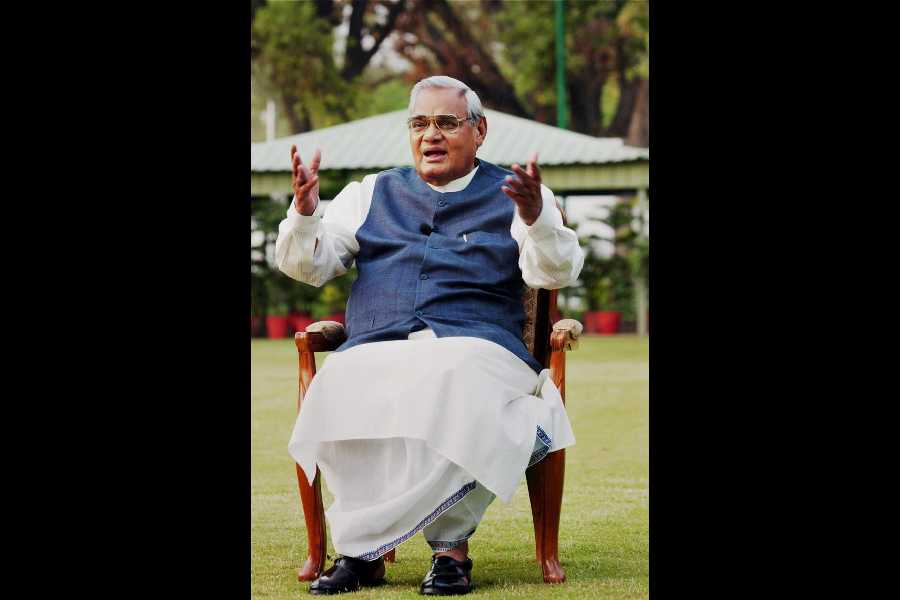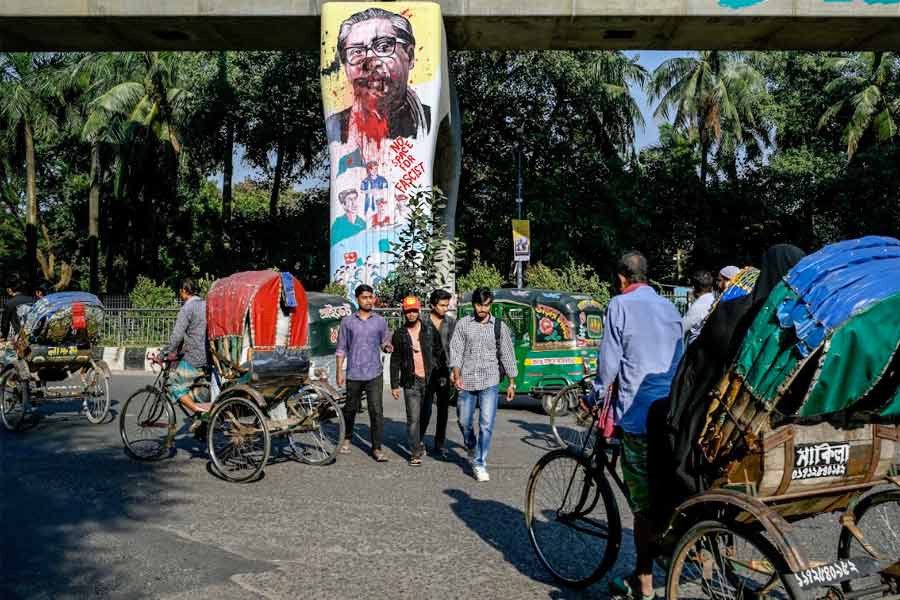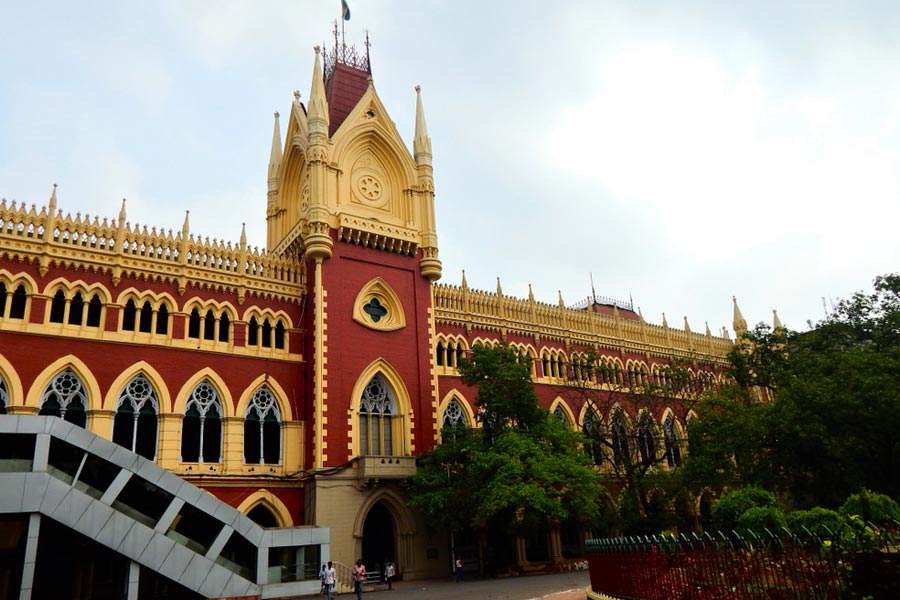Forthcoming packages to rev up the economy will come in tranches with a big-bang stimulus package not on the table, according to finance ministry officials.
Finance minister Nirmala Sitharaman on Thursday met Prime Minister Narendra Modi to review the economy ravaged by Covid-19, with analysts forecasting sub 1 per cent and even negative growth for the fiscal even as industry associations are demanding a stimulus package bigger than the Rs 1.70 lakh crore announced earlier.
The government, however, appears to be thinking of relief measures in a number of tranches, with each round of stimulus feeding off the impact of the previous one.
The mandarins at North Block said the measures would be announced at the earliest, though they fought shy of giving any time period.
Indications are that the stimulus could provide some relief to sectors such as micro, small and medium enterprise (MSME) segments as well as the travel and aviation sectors that have borne the maximum brunt of the pandemic.
The policy makers would be focussing on the MSME sector as they account for nearly one-quarter of India’s $2.9 trillion economy and employ more than 500 million workers.
Analysts said the lockdown had hurt the labour- and raw material-intensive manufacturing sector the most, prompting many to stop payments, creating a domino effect on other industries.
The MSME package could include increases in the limits of bank loans for working capital needs, hiking thresholds for availing of tax exemptions, and relaxing rules for the deposit of income tax and other dues, officials said.
“We estimate the per day income loss of these 37.3 crore workers (according to the Periodic Labour Force Survey report 2017-18) because of the lockdown is around Rs 10,000 crore, which translates into a loss of Rs 4.05 lakh crore for the entire lockdown period. For casual labourers, this income loss is at least Rs 1 lakh crore. Any fiscal package should at least strive to more than make up for this Rs 4 lakh crore income loss,” Soumya Kanti Ghosh, group chief economic advisor, State Bank of India, said.
Former finance minister P. Chidambaram told a television channel that the government was in a position to put together a Rs 5-lakh-crore package. He said Rs 65,000 crore should be given to the poor and Rs 5-6 lakh crore should be used to revive the economy.
Chidambaram explained: “There are about 26 crore families in India, I think 13 crore families in India will need support; 13 crore families multiplied by Rs 5000, that works out to Rs 65,000 crore… Our expenditure budget is Rs 30 lakh crore, can Rs 65,000 crore not be found to support the people who most need it?”
The former FM also offered to help the Centre identify the heads of expenditure from which the money could be raised.
He said the government had other options, including the monetisation of the fiscal deficit and floating more bonds to deal with this crisis.
For revival of the economy, Chidambaram advised the government to borrow and lend to the states. “If states borrow, cost will be very high, the Centre must borrow and lend to the states. Let deficit rise to 4-4.2 per cent and then look to monetise a part of the deficit, ” he said.
The former FM also offered to help the Centre identify the heads of expenditure from which the money could be raised. He also said that the govt had other options including monetization of the fiscal deficit, floating more bonds etc to deal with this crisis.
“An effective fiscal package should be between 1.5-2.0% of GDP and should incorporate time-bound programmes that would, among other issues, ensure i) improved coverage of daily wage earners in the cash transfer (akin to Universal Basic Income) scheme; ii) a wage sharing/wage subsidy arrangement with the MSMEs (Micro Small & Medium Enterprises) to prevent job loses; iii) payment of all dues to the states including unpaid GST revenues so as to enhance the states' capacity to respond to the challenges posed by COVID-19,” Kunal Kumar Kundu, India Economist, Societe Generale said.
India Inc. has sought for a massive fiscal stimulus package of anywhere between Rs 9-10 lakh crore, to prevent the country from an economic collapse. It has also sought loan restructuring, safety from bankruptcy for a specified period, easier norms for availing credit, lower rates, etc.
Economists have said that while the industry is justified in seeking a massive dose of fiscal stimulus, the government’s topmost priority should remain taking care of the small-scale industry, migrants and the poor, besides the rural economy. Covid bonds, relaxed fiscal limits, monetising of deficit are some options that the government could consider, they said.
The meeting comes amid drastic reduction in GDP growth forecast by various multi-lateral funding agencies for the current fiscal due to the impact of COVID-19 and consequent lockdown.
As per the World Bank's latest assessment, India is expected to grow 1.5 per cent to 2.8 per cent. Similarly, the IMF on Tuesday projected a GDP growth of 1.9 per cent for India in 2020, as the global economy hits the worst recession since the Great Depression in 1930s.











